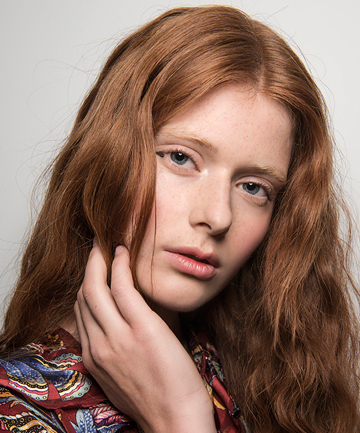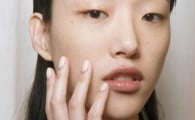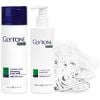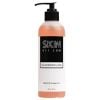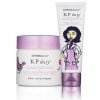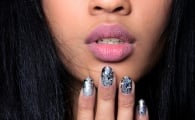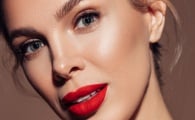Skin Care
Your Be-All-End-All Guide to Treating Keratosis PilarisFinally, a comprehensive list of the derm-approved skin saviors for chicken skin |
The Lowdown on Keratosis Pilaris On the street, we call it chicken skin. But in the dermatologist's office, they call it Keratosis Pilaris (KP) -- pronounced "Pie-LAIR-is," like the "pie" you eat and the "air" you breathe. Odds are you're familiar with this skin condition: KP consists of those little red bumps that commonly speckle the back of the arms and thighs, and it effects a whopping 40 percent of the population. Though it's not a dangerous or painful condition, KP is an international enemy purely for its stubbornness -- medical science has yet to find a cure.
So what causes KP, exactly? "It's a thickening of the upper layer of skin over each hair follicle," explains NYC Dermatologist and Founder of BeautyRx Skincare Dr. Neal Schultz, MD. "Each bump is made of the same buildup of dead skin cells that causes clogged pores, acne and dullness." With KP, dead cells made of keratin accumulate at the hair follicle, because the intercellular glue holding them together isn't dissolving like it should.
Like acne, KP can be hormonal, and it's most common among teens and young adults. "We think genetics is at play, too," says Dr. Rebecca Kazin, MD, of the Johns Hopkins Department of Dermatology. "It's people who are predisposed to sensitive skin or eczema. But most grow out of it in their 30s and 40s."
Still, for the perpetually chicken-skinned among us (myself included), the hope of "growing out of it" isn't enough. That's why we've put together this essential handbook of every derm-approved treatment available. "With KP, treatment is a process of evolution, not revolution," explains Schultz. So, even though there's no instant fix, find here the most effective moisturizes, chemical exfoliators and more for finally kicking KP's ass.
Image via Imaxtree
SEE NEXT PAGE: Fragrance-Free Moisturizers for Keratosis Pilaris
So what causes KP, exactly? "It's a thickening of the upper layer of skin over each hair follicle," explains NYC Dermatologist and Founder of BeautyRx Skincare Dr. Neal Schultz, MD. "Each bump is made of the same buildup of dead skin cells that causes clogged pores, acne and dullness." With KP, dead cells made of keratin accumulate at the hair follicle, because the intercellular glue holding them together isn't dissolving like it should.
Like acne, KP can be hormonal, and it's most common among teens and young adults. "We think genetics is at play, too," says Dr. Rebecca Kazin, MD, of the Johns Hopkins Department of Dermatology. "It's people who are predisposed to sensitive skin or eczema. But most grow out of it in their 30s and 40s."
Still, for the perpetually chicken-skinned among us (myself included), the hope of "growing out of it" isn't enough. That's why we've put together this essential handbook of every derm-approved treatment available. "With KP, treatment is a process of evolution, not revolution," explains Schultz. So, even though there's no instant fix, find here the most effective moisturizes, chemical exfoliators and more for finally kicking KP's ass.
Image via Imaxtree
SEE NEXT PAGE: Fragrance-Free Moisturizers for Keratosis Pilaris









